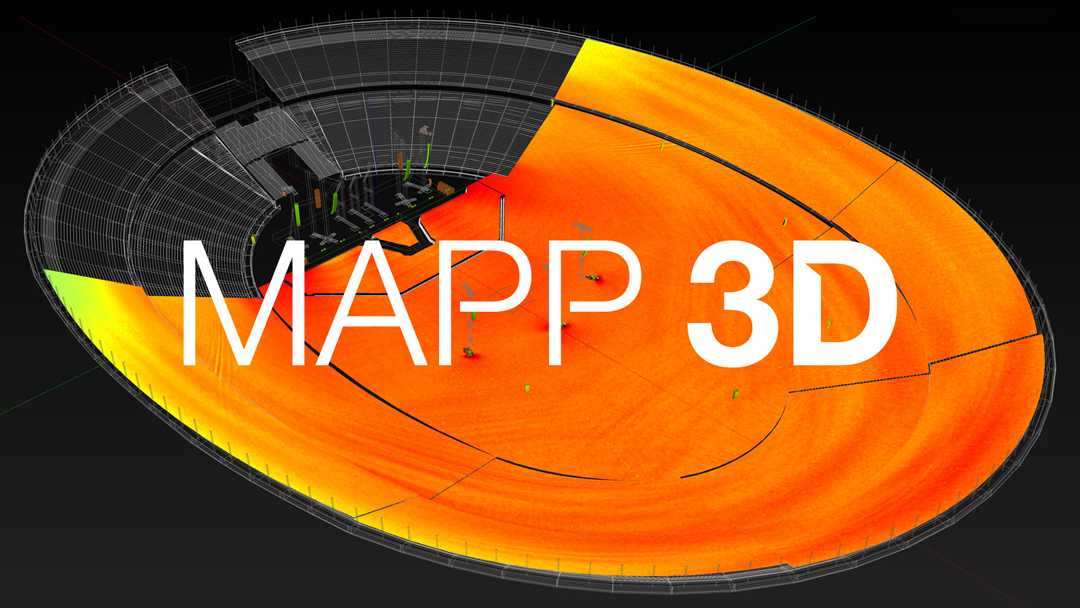Meyer Sound releases MAPP 3D design software
- Details

As the name implies, MAPP 3D provides highly accurate, three-dimensional renderings of predicted sound system performance within detailed, wire-frame venue drawings. Equally important, MAPP 3D now offers complete integration with the Galileo Galaxy Network Platform and Compass control software for a seamless workflow from initial design through on-site tuning. Comprehensive processing parameters for complex systems can be optimized using MAPP 3D predictions, with the resulting processor settings pushed directly into multiple GALAXY processors with the click of a mouse.
In addition to traditional calibration test signal sources, MAPP 3D supports M-Noise, an emerging industry standard to determine the maximum linear SPL for music. This combination provides the industry’s most accurate prediction of a sound system’s maximum capability when reproducing music.
“The release of MAPP 3D marks a milestone in the development of sound system design software, not only for Meyer Sound, but for the industry as a whole,” says Perrin Meyer, Meyer Sound director of emerging technologies. “The detail in the renderings is spectacular and the flexibility of the user interface is unprecedented, but what really sets MAPP 3D apart is the extreme accuracy of the predictions. What you measure with MAPP 3D’s virtual microphones is precisely what you will see in measurements from real microphones.”
The combination of a streamlined, user-friendly interface and seamless integration with Galaxy processors - and easy import of SketchUp (SKP) and AutoCAD (DXF) files - will afford significant time and cost savings in both system design and on-site optimization. With multiple views and fingertip control of a free-rotation tool, audience areas can be quickly defined, even within complex architecture. Line arrays can be quickly configured and automatically splayed for uniform coverage, and multiple system options can be evaluated simultaneously.
In addition, MAPP 3D enables system designers to perform virtual system optimisation in the design phase. MAPP 3D includes virtual Galaxy signal processors, allowing the designer to add and configure processors, view prediction results, and later synchronize these settings directly to the hardware processors on site. Complete output processing functions of all Galaxy processor models are available, and a copy and paste feature can be used to replicate settings in one or more other processing channels.
“When working with predictions in MAPP 3D, you can be confident that your virtual loudspeakers will behave exactly as the physical models tested in the anechoic chamber,” says Todd Meier, Meyer Sound director of product management, “as will the loudspeakers in the final installed system. In addition, self-powering eliminates variables associated with external powering, such as amplifier type, amplifier output configuration and loudspeaker cable length - all of which add complexity and introduce a potential for error in other proprietary prediction tools.”
The upgraded, high-resolution graphics and flexible user interface in MAPP 3D provide an array of options for design and performance analysis.
















